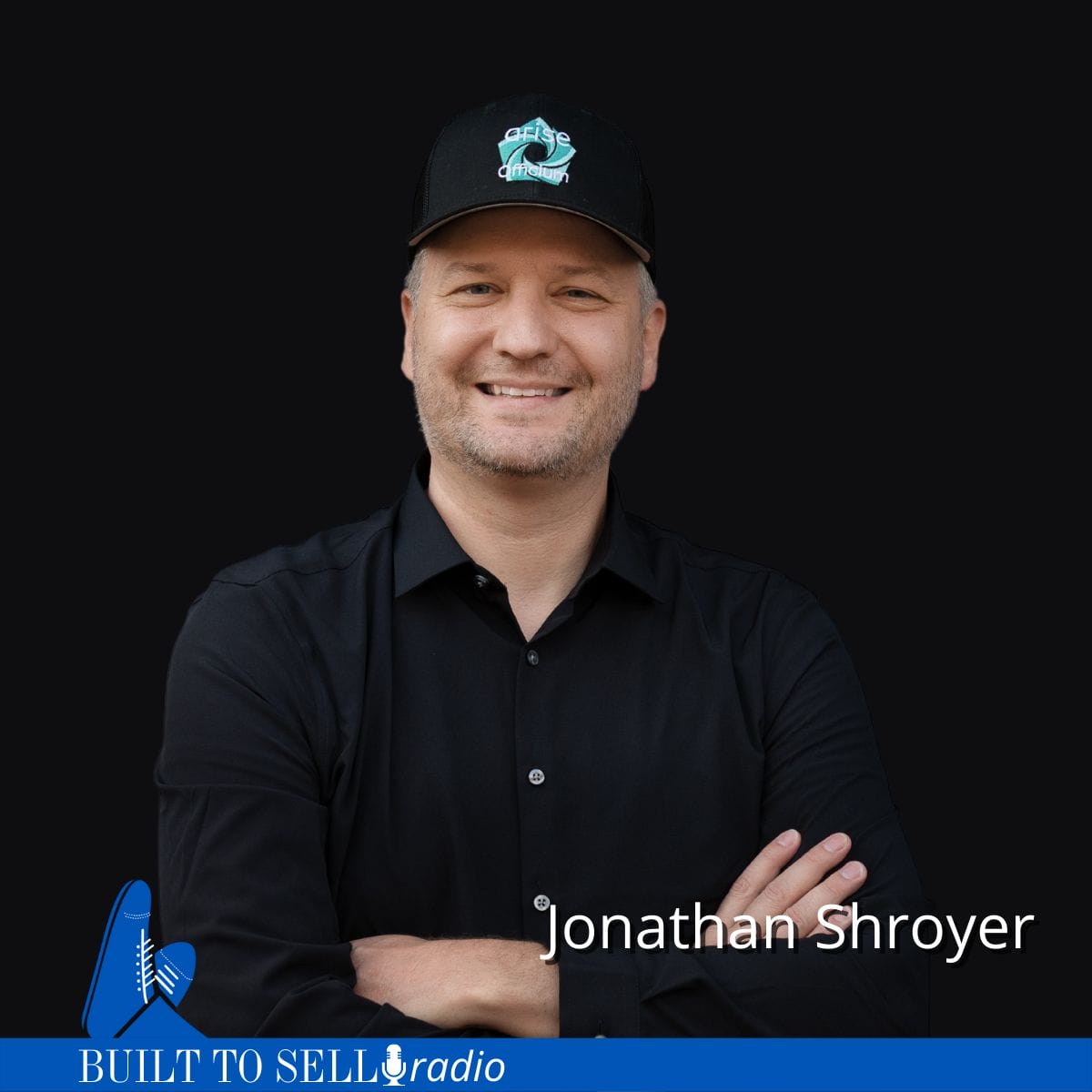About this episode
In 2019, Jonathan Shroyer, alongside his Co-Founder Scott McCabe, started Officium Labs with the goal to help clients turn contact centers into profit centers.
After two years of seeing incredible growth, Jonathan was approached by three investors to acquire Officium Labs. Shroyer ultimately ended up selling to Arise for around 20X EBITDA. Listen to the episode and you’ll learn how to:
- Increase the lifetime value of a customer.
- Choose the ideal time to sell your company.
- Maintain happy and healthy relationships with your suppliers.
- Structure an earn-out to minimize your risk.
- Ensure your employees don’t rebel against your acquirer.
- Avoid getting bullied by an acquirer by asking the right questions.
- Maximize your shot at hitting your earn-out.
- Prepare yourself emotionally to be acquired.
Check out our article on Does Your Story Have A Villain?
Show Notes & Links
Definitions
Employer Net Promoter Score (eNPS): Employer Net Promoter Score, or eNPS, is a scoring system designed to help employers measure employee satisfaction and loyalty within their organizations. It is based on the Net Promoter Score system from Bain & Company, Satmetrix Systems, Inc., and Fred Reichheld, that gauges customer loyalty.
Source: https://www.bamboohr.com/hr-glossary/employee-net-promoter-score-enps/
Earn-out: Earnout or earn-out refers to a pricing structure in mergers and acquisitions where the sellers must “earn” part of the purchase price based on the performance of the business following the acquisition.
Source: https://en.wikipedia.org/wiki/Earnout

About Our Guest
Jonathan Shroyer
Jonathan Shroyer has been a customer service professional and leader for 22+ years, leading large teams at established companies such as Microsoft, Monster Worldwide, and Autodesk, as well as startups like Postmates, Kabam, and Forte Labs.
A thought leader in the industry, Jonathan often speaks at CX conferences, participates in podcasts, and writes about his passion — the future of customer service and the CS marketplace.
He is focused on shifting customer service from a cost center to a profit center.


